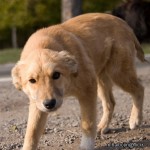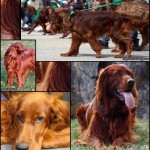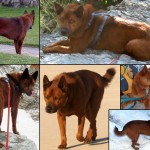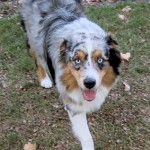Character appearance is very important — it’s the first aspect many other roleplayers consider when roleplaying with your character.
Eyes
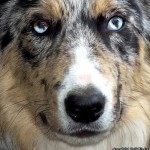
‘Souls allows a wide variety of eye colorations, contrary to real canines. All colors imaginable — chartreuse, black, ice blue, orange, bright purple, neon pink — are permitted. Heterochromia — bi-colored and multi-colored eyes — is also acceptable.
However, we do not accept pupilless eyes, as characters without pupils would realistically be blind. Only characters who are actually blind, due to cataracts or other visual defects, are permitted to have pupilless eyes.
Acceptable
… and many more!
Fur
Canines coats come in a wide variety of colors. There aren’t just black, white, and grey wolves. While those colors obviously exist, there are also golden wolves, red wolves, agouti or timberwolf-patterned wolves, and so on — and that’s just considering wolves!
At ‘Souls, character coats must be naturally colored. There is some leniency when it comes to colors, but completely unrealistic colors are not allowed. For example, a rust-colored wolf is okay; a stop sign red wolf is not. Purple and green canines are never okay — unless dyed.
Markings and patterns should be semi-realistic for a character’s species. Meaning — a brindle wolf-dog and a jackal with albinism are acceptable; a purebred wolf with brindle striping or a jackal who is simply white are not. Additionally, while we’re okay with brindle patterns and dalmatian spotting for dog-mix characters, canine zebra and tiger stripes aren’t permitted — they don’t exist in reality.
Additionally, a Luperci character’s natural color should be present in all forms, within a shade or two (e.g., a pure white wolf cannot suddenly sport black streaks in their Optime form). This includes Optime hair, which is the extension of the character’s fur. If you want your character’s “hair” to be a drastically different color than the rest of their fur, we suggest your character use bleach or dye.
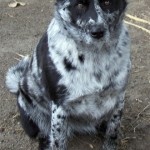
Acceptable
… and many more!
Red, Blue, and Yellow Fur
While obviously green, pink, and purple furs do not exist, certain colors sometimes causes confusion. Blue, red, and yellow fur are found in canines — but brilliant, saturated reds do not exist in canines. Most reds — such as an Irish Setter’s coat — are more copper, mahogany, or brown than bright red. The same goes for “blue” and “yellow” fur, which are often more steely or tan-colored. Examples of un-Photoshopped and real; red, yellow, and blue dogs:
Acceptable
Unacceptable
If you aren’t sure whether your character’s described coat color is acceptable, please ask!
Color and Coat Pattern Chart
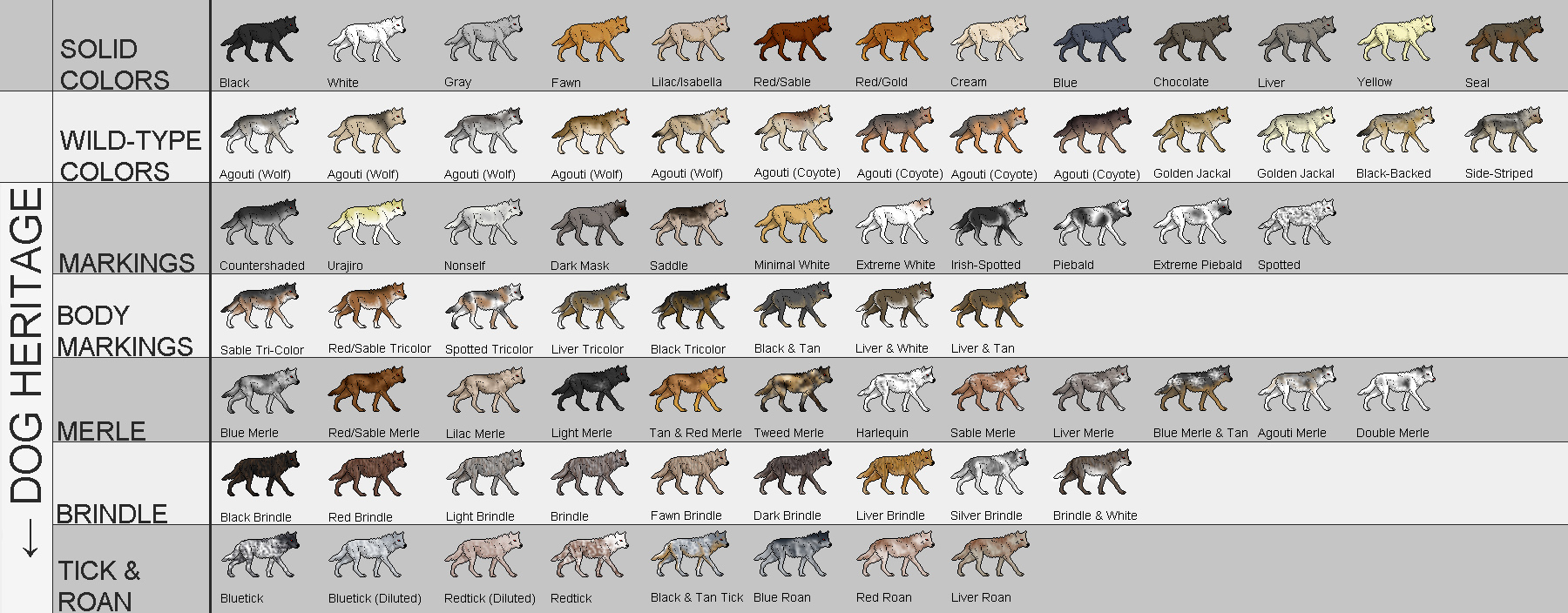
Other Considerations
There are many other aspects of appearance you may consider when creating your character.
- Species: If your character is a hybrid, what elements of which species do they have? If you look on our Species Guide, you may also find appearance traits peculiar to your character’s species or subspecies.
- Body Type: Is your character tall or short? Lean or chubby? How do they carry themselves? Are they confident and bold or humble and unassuming?
- Fur/Hairstyle: Beyond coloration and pattern — is your character’s fur thick or thin? Is it wiry or smooth, short or long, wavy or straight? If your character is a Luperci that frequently uses its Optime form, do they style their hair? If so, how is it usually worn?
- Expressiveness: Although less a defined appearance quality, think about the way your character presents themselves — are they open, outgoing, and social, or introverted, quiet, and aloof? Considering and jotting this down as part of their appearance can help you as you’re roleplaying — keeping this small but vital detail in mind can give you major clues as to how your character would act and present themselves in terms of body language.
- Voice and speech pattern: Does your character speak loudly and clearly, or do they mumble words? Are they prone to speaking very fast, stumbling over words, or do they speak slowly and deliberately, rarely losing their train of thought? Some roleplayers like to find people who represent their characters’ voices—for example, you may describe your character as having a “raspy growl” for a voice, and use Gran Torino-era Clint Eastwood to exemplify this voice. Wikipedia’s English Dialects page is also excellent for character voices.
- Accessories/Clothing: Does your character wear jewelry or other accessories? How about clothing? Maybe they carry a bag with them or use a cane to help them walk?
- Don’t forget about Body Modifications!
Not Allowed
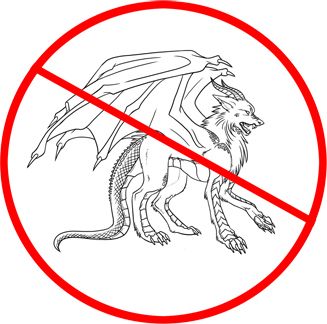
While ‘Souls is pretty lenient when it comes to various aspects of character appearance, we do expect a certain degree of realism, and there are certain things we absolutely do not allow, including, but not limited to:
- Wolves with wings, spikes, horns, lizard tails, other fantasy elements, or extra limbs. Puppies with extra limbs would likely be killed at birth or die shortly after.
- Inter-species hybrids involving non-Canis species. Despite name similarities, wolves and Maned Wolves (genus Chrysocyon) cannot interbreed. Dogs and African Wild Dogs (genus Lycaon) cannot interbreed. Coyotes and Foxes (genus Vulpes) cannot interbreed. Additionally, Maned Wolves, African Wild Dogs, Foxes, and other non-Canis members of the Canidae family cannot become Luperci.
- Shift-capable non-Canis species. Only canines of the genus Canis can become Luperci, so no were-cats or were-ferrets are allowed.
As a note, we do allow minor genetic mutations and anomalies in characters, such as polydactylism (animals with six or more toes) and albinism. If you’re not sure whether your idea will be allowed, please ask!

